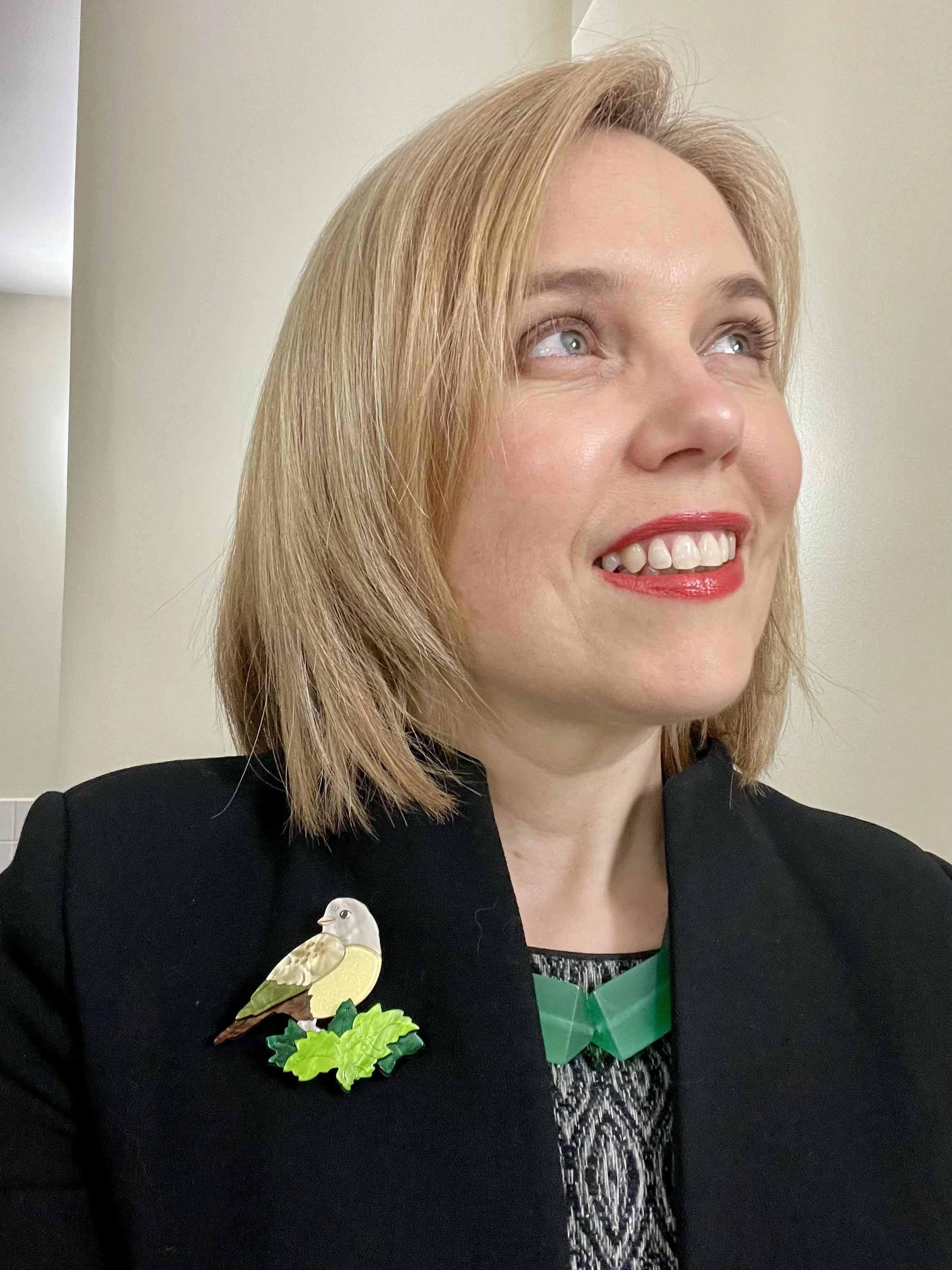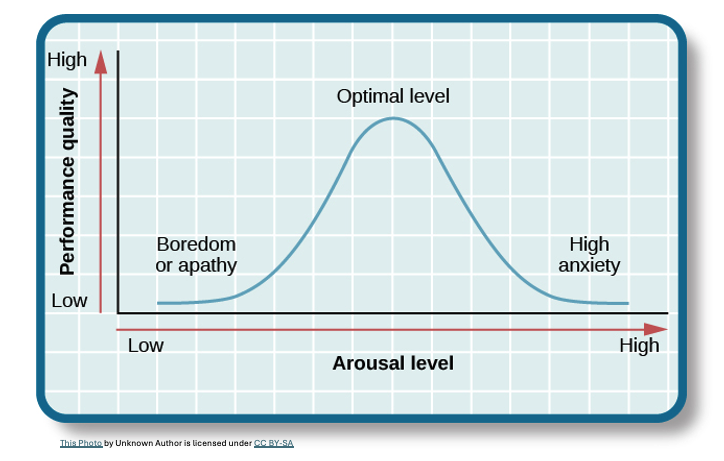Are You Ready for a Big Hairy Audacious Goal?
Habits of bold leaders who dare to dream bigger without losing their calm centre
By Suzie Thoraval
“Shoot for the moon. Even if you miss, you’ll land among the stars.”
When 15-year-old Owen Cooper accepted his Emmy Award last week for his performance in the TV show, Adolescence, his words carried a wisdom far beyond his years. Standing on stage — the youngest male acting winner in his category — he spoke with clarity and conviction many seasoned leaders would admire:.
Here’s what he said:
“Honestly, when I started these drama classes a couple of years back, I didn’t expect to be in the United States, never mind here.
But I think tonight proves that if you listen and you focus and you step out of your comfort zone, you can achieve anything in life.”
That line — “if you step out of your comfort zone, you can achieve anything in life” — struck a chord with me.
It is part of my core beliefs and echoes what I often encouraged in my own teams: dare to dream big, set bold goals, and pursue what Jim Collins famously called Big Hairy Audacious Goals (BHAGs).
Adaptive stability and bold goals in an uncertain world
Adaptive stability means holding steady at your core while staying flexible at the edges. In today’s climate of shifting priorities, competing demands, and fast-changing realities, leaders who thrive are those who can anchor themselves while flexing to fit the moment.
This isn’t about chasing reckless ambition. It’s about coupling bold vision with grounded resilience — daring to stretch without losing your stable core.
For many, going after bold goals feels unsettling. But for adaptive leaders, uncertainty isn’t just a risk; it’s an opportunity. It forces us to think differently, look for openings, and reimagine what might be possible.
Two approaches in the race to the South Pole
A famous example of adaptive stability in bold goals is the race to the South Pole in 1911–12.
Roald Amundsen adopted methods that seemed unconventional at the time. He used skis and dog teams, studied Inuit survival techniques, and built a tightly focused plan dedicated solely to reaching the Pole.
Robert Falcon Scott, by contrast, took what looked like the safer, more traditional route. The British explorer relied on ponies, motor sledges, and man-hauling, methods familiar to British expeditions but ill-suited to Antarctic conditions.
Amundsen’s adaptive boldness produced triumph; Scott’s adherence to the conventional method ended in tragedy. Both men were brave — but only one was willing to innovate in the face of uncertainty.
This is the essence of adaptive stability. Bold goals are not about reckless leaps. They are about anchoring in what matters most while daring to stretch beyond the comfort of tradition, harnessing uncertainty as fuel for innovation.
The psychology of bold leadership
Some of my favourite research is Carol Dweck’s studies on growth mindset. Dweck's research shows that those who believe abilities can be developed embrace bigger challenges and persist longer. David Yeager’s studies confirm that when beliefs shift, outcomes follow.
And more than a century ago, the Yerkes–Dodson law demonstrated that a moderate level of discomfort — the “stretch zone” — actually enhances performance. Leaders who never leave the comfort zone stagnate; leaders who stretch wisely grow.
Figure below: The Yerkes-Dodson Law
Habits of leaders who think big
Leaders who consistently embrace bold, audacious goals tend to share habits that anyone can cultivate:
Vision beyond today. Regularly ask, “If nothing constrained us, what would great look like?”
Build option-value. In uncertainty, create multiple small bets so learning compounds and you’re not hostage to one path.
Normalise discomfort. Treat uncertainty as data, not danger; coach teams to operate in the stretch zone.
Anchor in values, flex in methods. Be stubborn on the why, flexible on the how.
Cadence of celebration and reflection. Reward progress and learning — not just outcomes — to sustain belief through the messy middle.
Friction-hunting. Systematically remove process friction that keeps people playing small (approvals, incentives, metrics that reward maintenance over movement).
Translate BHAGs into near-term strides. Break the moonshot into clear 30/60/90-day wins so ambition feels actionable.
Owen Cooper’s words remind us: the comfort zone may feel safe, but it rarely leads to extraordinary outcomes. True breakthroughs lie where courage, vision, and adaptability meet.
In this climate of uncertainty, what bold, audacious goal could you set that would stretch you and your team into a future you haven’t yet imagined?

